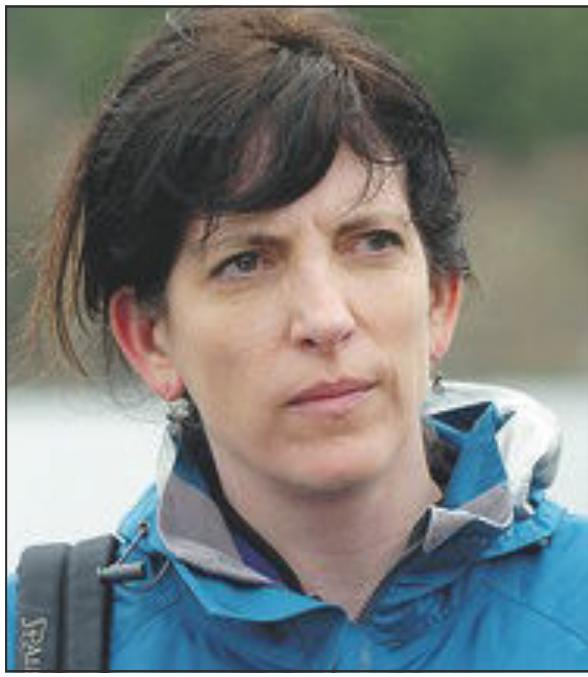Outhouses lack paper: Parks rangers
The Vancouver Province

Emails record slow decay of B.C. parks
The email exchanges would almost be funny if they didn't point to what government critics have been calling the slow death of B.C. parks.
Park rangers begging for basic supplies. Park rangers without trucks. Park rangers talking about rigging portable showers to outhouses so they can wash themselves. Park rangers talking about buying scooters and dirt bikes so they can get around.
And, of course, there are the outhouses, the dozens of them, all overflowing from use, with some of them even lacking toilet paper because the park rangers have been spread too thin to get around to cleaning or restocking them.
While it's nothing new to critics, the 300-plus pages of correspondence obtained through a freedom of information request by the Wilderness Committee offers the public a first-hand look at ground operations inside a B.C. Parks organization that is operating with 50 per cent of the budget it did 10 years ago.
Within that time, the land managed by B.C. Parks has grown by 14 per cent while the number of yearround park rangers has dropped from 26 to 10, according to data provided by the B.C. New Democratic Party.
The FOI documents show that, as a result of these cuts, basic services have suffered, patrols have declined to the point where some regions, such as the Sea-to-Sky Corridor, haven't been covered during the busiest times of the year, trails have overgrown, vandalism has increased and the potential for human injury has risen.
One 2009 correspondence written after Garibaldi Park's ranger staffing was reduced from four to one said:
"The boat at Garibaldi Lake will not be in use as it takes 2 Ranger to operate . . . The boat is there for public safety [it was used in an incident last year to evacuate a hypothermic person stranded on one of the islands] as well as for accomplishing larger tasks."
Another correspondence from August 2009 has a parks staffer begging, due to "the budgetary constraints," for basic materials so that he could finish off a couple of "small projects."
One of the projects was to secure a bumper rail on a bridge so that "users do not slide off the edge." The other was replacing a bridge's rotten planks.
There's also a November, 2010 email asking for advice on how to get funding for avalanche signage for Stagleap Park, west of Creston; a June 2009 email about a park ranger who could not deal with a problem bear near Pemberton because he had not had firearms retraining; and the June 2009 note advising there was no money to replace the mooring buoys at Princess Louisa Marine Park on the Sunshine Coast.
Combined, the documents paint a picture of a B.C. Parks system in sharp decline at a time when it is celebrating its 100th anniversary.
"It confirms what we've been hearing for a long time," said NDP environment critic Rob Fleming. "B.C. parks are in a crisis."
Gwen Barlee, policy director for the Wilderness Committee, said the documents provide clear proof that the government needs to take action. She called on Premier Christy Clark to restore funding and staffing of the park system to 2001 levels.
Annual funding is currently $29.9 million a year, down from $40.6 million in 2001.
"It is time to reverse the decade of decay. We need to invite British Columbians back into our park system."
In response to a request for comment on the state of B.C. Parks, the Ministry of Environment responded that "British Columbians can be proud of their world-class park system" and that "our parks staff do a great job of looking after our parks for today's users and for future generations."
Photo: Gwen Barlee, policy director for the Wilderness Committee.


